I’ve redesigned my expo posters – the first to benefit is my next expo at the Cant’Auch here in Auch.
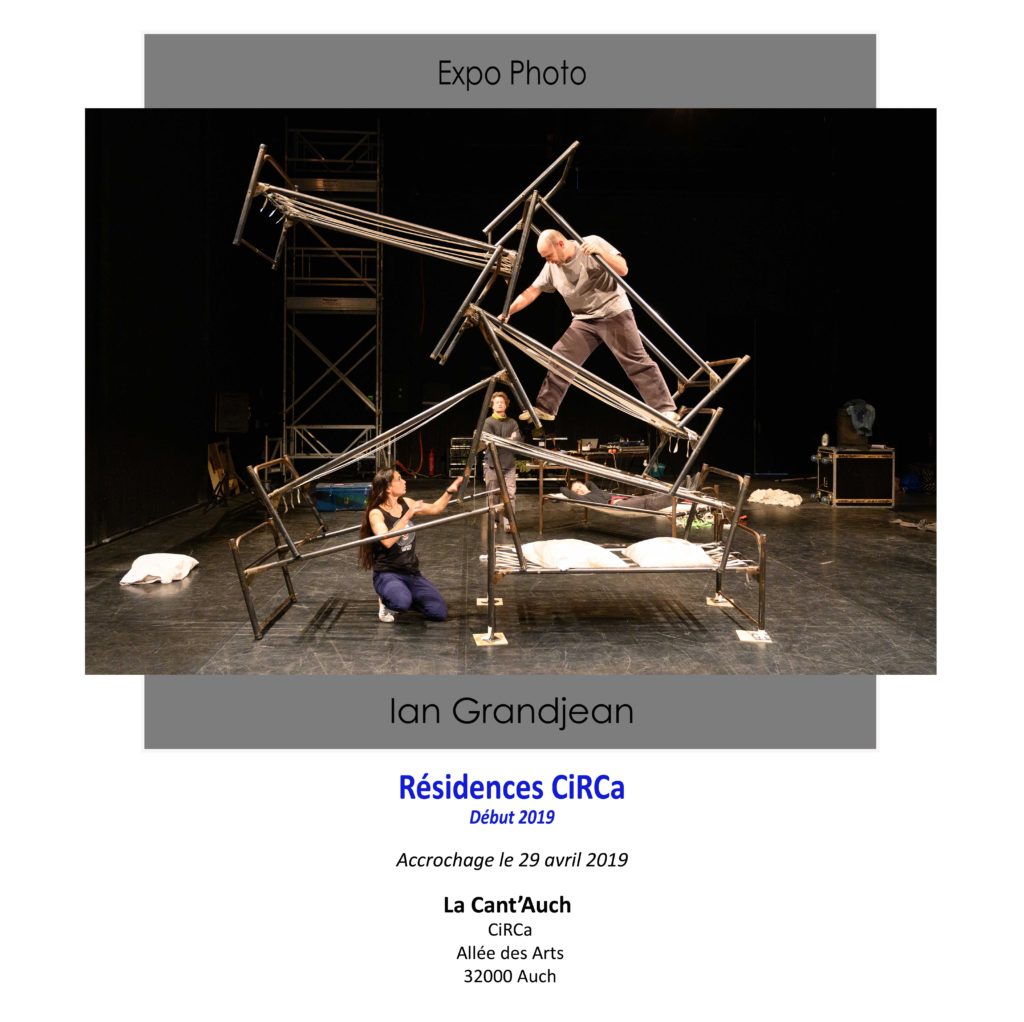
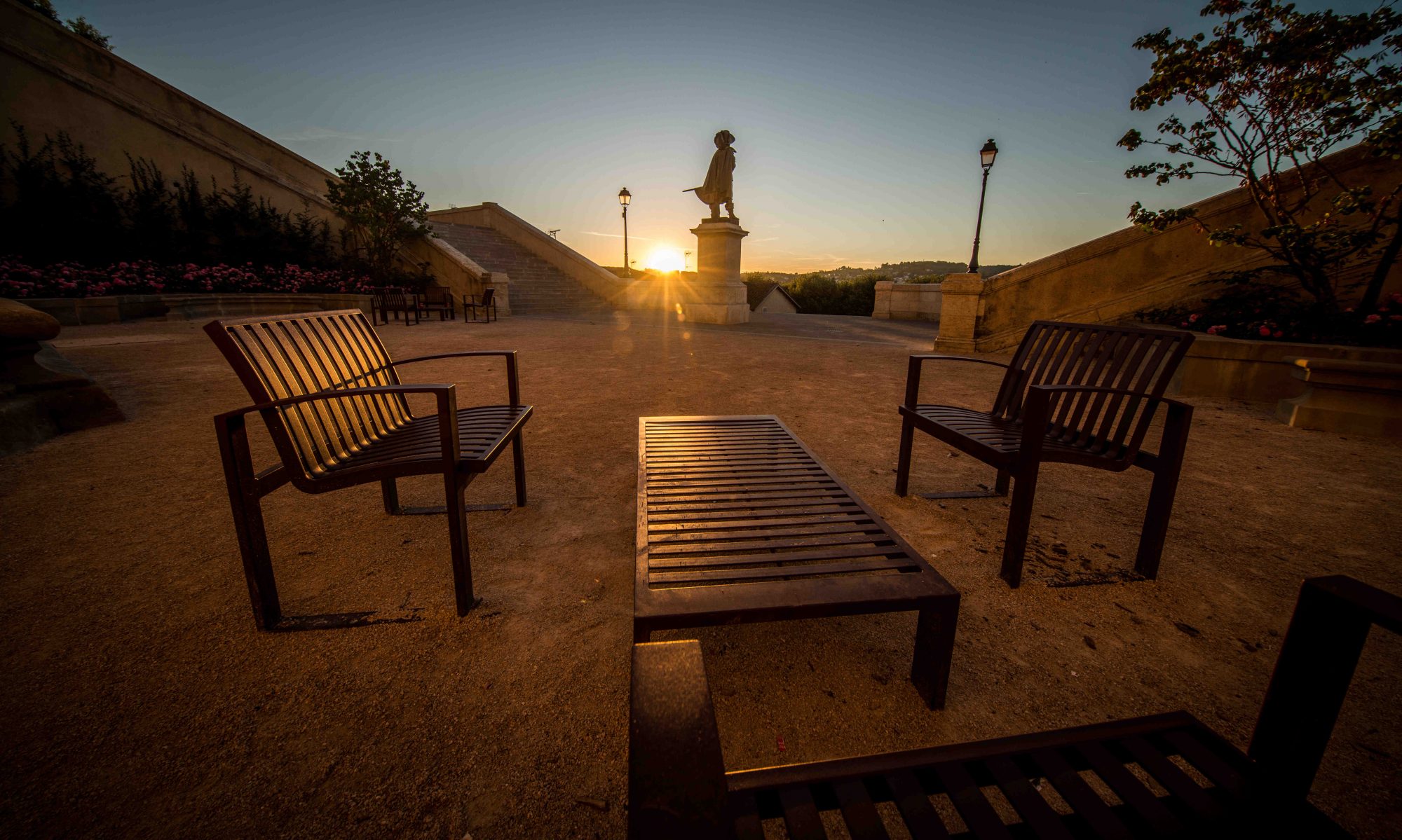
a personal photo blog
I’ve redesigned my expo posters – the first to benefit is my next expo at the Cant’Auch here in Auch.

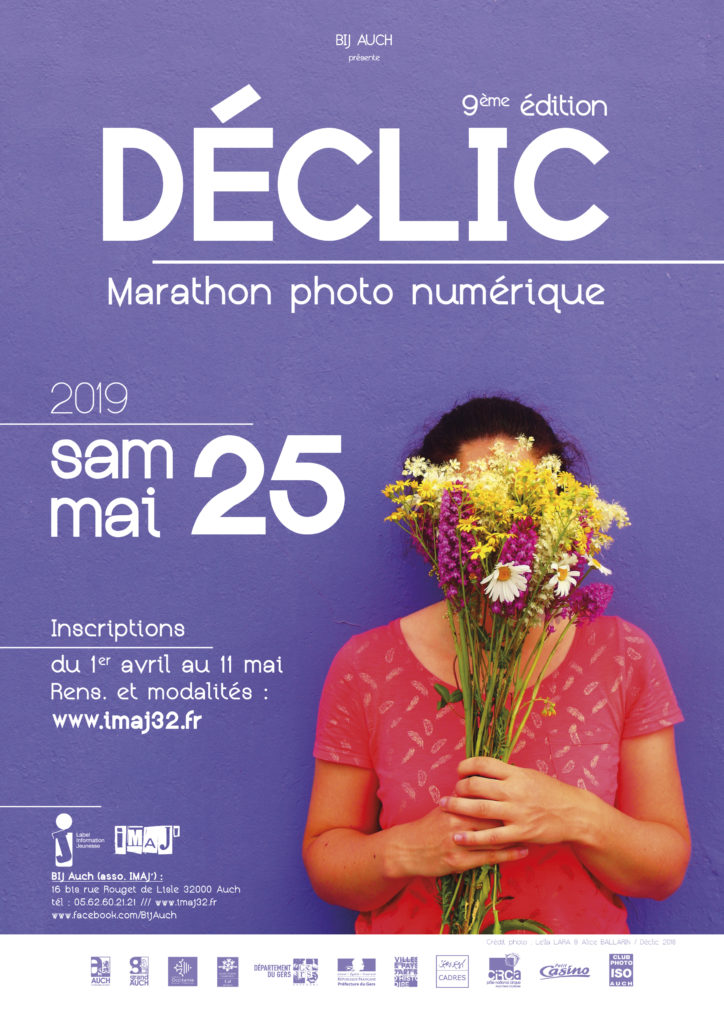
Coming up next on the wish list, this new NIKON lens will start shipping on the 19th April 2019. (Shipping…from where…?)
It uses a similar system as the current 24-70mm f/4 whereby it has a ‘sleep’ setting where the lens folds back into itself for storage. I can’t say I find this very convenient, as I have often fired up the camera, put it to my eye and read the warning that I can’t actually take any photographs without ‘unfolding’ the lens, but in reality this is a very minor criticism.
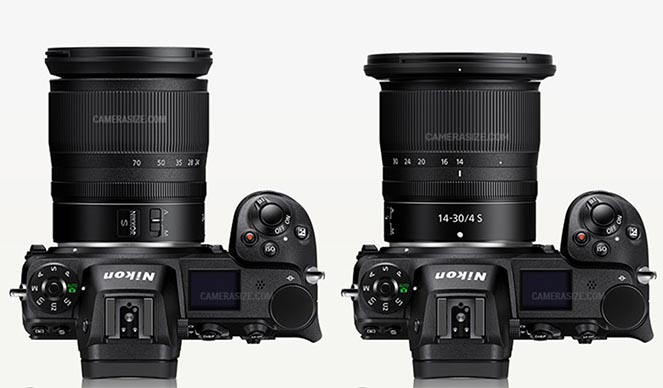
To the left, Z 6 with the 24-70mm f/4 S and to the right with the 14-30mm f/4 S (Although I can’t imagine how they mounted the 24-70 like that…)
As can be seen, the two lenses are very similar in size, and the outstanding thing for the new 14-30 is the ability (finally!) to mount filters on an ultra-wide angle lens. There’s an 82mm filter thread for this.
The new lens is reasonably light at 485 grammes – considering over 1000g for the 14-24 AF-S version.
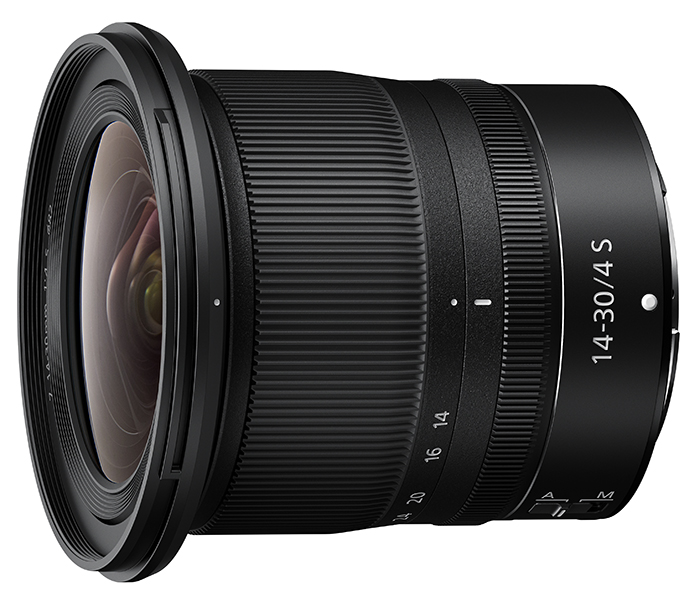
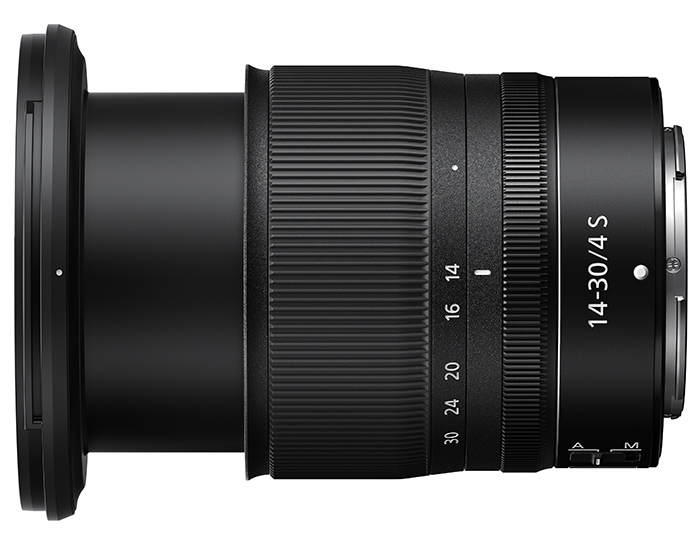
As already stated, the lens will be available in April but various sites have been able to test pre-production versions and all seem impressed by the quality of the images obtained.
This could be an interesting month…!
UPDATE
I’ve just been reading a few comments from so-called hot-shot pros who seem to think this lens (at 1499€) is overpriced and virtually useless given that it’s only an f/4.0
I find this amusing as I’ve never had any difficulty shooting at f/4 particularly with an ultra-wide. The difference in the depth of field between f/2.8 and f/4 is negligable, as is the difference in exposure. Don’t these people ever change from base ISO?
In terms of the price, yes, it’s not a cheap lens – and no doubt the ‘pro’ f/2.8 version will be considerably more expensive – but what REAL difference will this make to a pro? The existing AF-S 14-24 is around 1900€ new, here in France – sure, it’s a stop faster, but it’s also twice the weight and I can’t put any filters on it. In a few months the price of the new lens will no doubt drop a little, and of course there’ll be no end of « offers » from Nikon to buy the damn things. Just another example of « I’m a pro and know everything so I think I’ll criticise today » Angry Photographer syndrome?
Last but not least, I thought this schematic was interesting to see what’s inside this beasty:
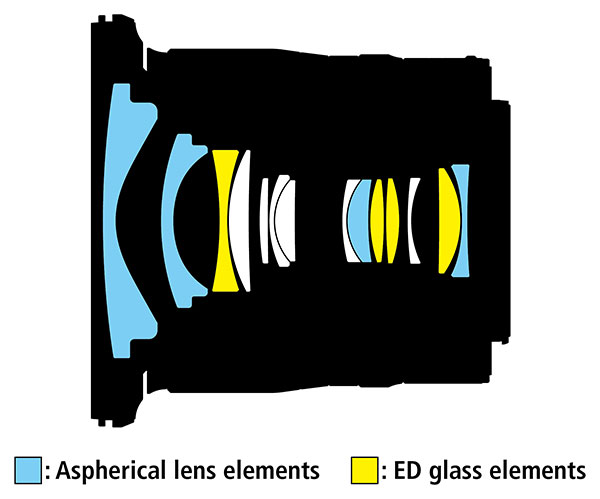
Funny thing happened today over on Instagram. Magnum, the photo cooperative, published an interesting photo of Gerda Taro with a short text. She was a photo journalist in the period just before the 2nd world war with a tragically short career – she was killed at the age of 26 in 1937. I had heard about her while reading up on Robert Capa some years ago.
It was a pleasure to see that today, International Womens rights Day, that Gerda Taro was being spoken about, however I felt Magnums text was incomplete, not having mentionned Robert Capa – the two had been lovers, and even shared the same ‘nom du plume’ to publish their, collective, images. In fact it turns out that a substantial amount of the work published by « Robert Capa » was by Gerda.
Visibly this was NOT to the taste of everyone – namely a certain Chris Helgren who, on one of the few bits of his web site that actually works, says he is a photographer working for REUTERS. He criticised me for mentioning Capas name saying « …because nothing says Women’s Day better than a reference to a man. »
You got it wrong mate – I think it’s great that someone has finally dug up Gerda Taro’s name for all to see and appreciate her work – I simply mentionned Capa’s name to give context and not in anyway to denegrate the importance of her or the article.
But of course this person says he works for REUTERS, so he must be right.
Whatever…
I’m sorry, perhaps I’m too much of a digital dinosaur, but I cannot, for the life of me, understand why anyone would want to buy this:-
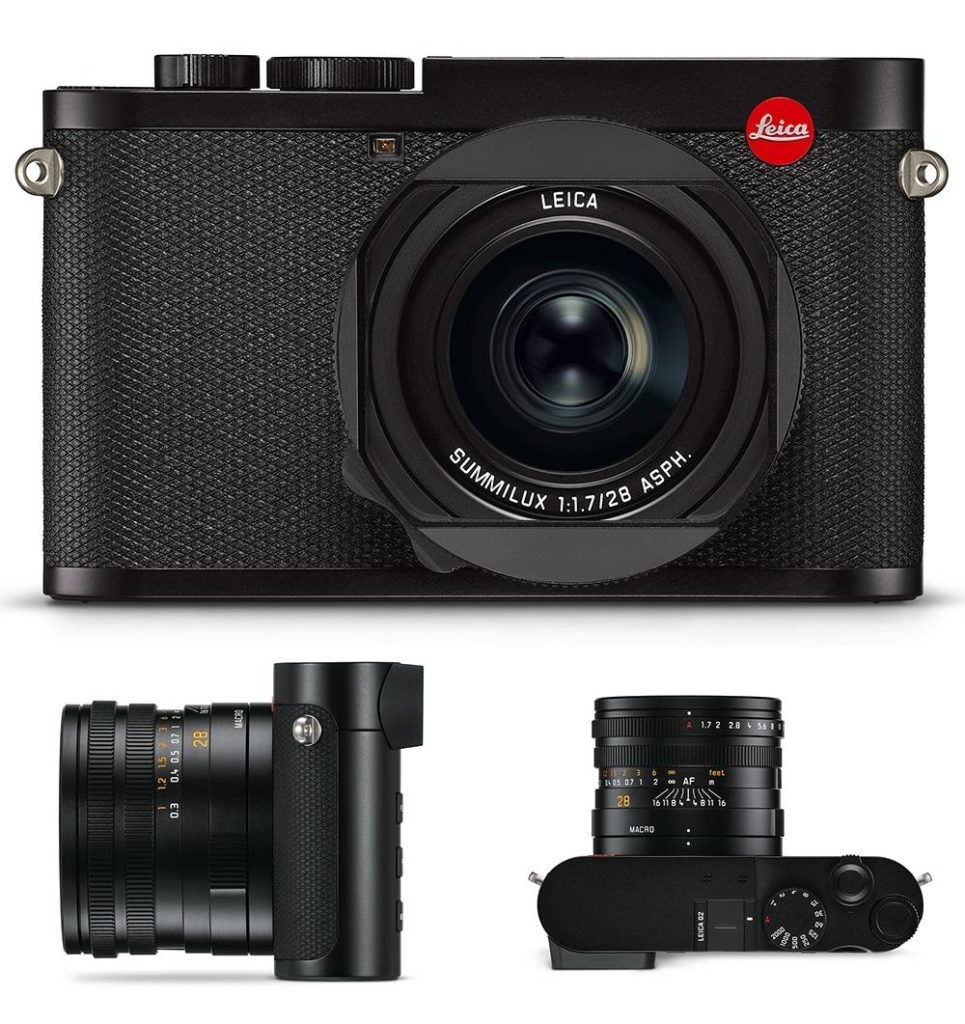
Well that was silly wasn’t it – I mean, it’s got ‘Leica‘ written on it, so someone, somewhere will be whipping out their credit card…
If it’s you polishing up the plastic, beware that it’s about to take a hefty bang – £4250
This is Leicas latest offering with a 47Mp full-frame sensor, 10fps shooting, and capable of 4K video (but then what isn’t these days) – sadly, the techniciens over in Germany (or was it Japan as most of the ‘technique’ seems to be Nippon with Leica being closely involved with Panasonic these days) decided there was no need to make an orientable rear screen (You vill not make selfies wiz ziz camera!) and if it gets a bit dark, there’s no built in flash.
This is a fixed lens model – yes, it’s a superb 28mm Summilux f/1.7, but you can’t take it off and put on something else. Leica have, however, given the user the option to frame to 35mm, 50mm and 75mm focal lengths – given the massive overdose of pixels in the sensor, digital cropping shouldn’t cause too much loss of quality.
The viewfinder is electronic with3.68 million pixels, so the view should be clear and fluid, and the fixed rear screen is touch-sensitive – pretty much the norm for modern hybrid cameras today.
The reviews are waxing over the sublime quality, the beautiful ‘feel’ etc. Frankly I still think Leica are taking the piss, producing niche cameras – but what the hell, while there are idiots out there willing to pay the price (and as a general rule can’t take photos to save their lives) why not!
I have to admit I like bags. My only real excuse to carry a bag is one with a camera in it, so as a general rule, I’ll call them camera bags. This said, I prefer to have bags that don’t look like camera bags because it’s much easier to pass ‘unseen’ in places where cameras are not well thought of.
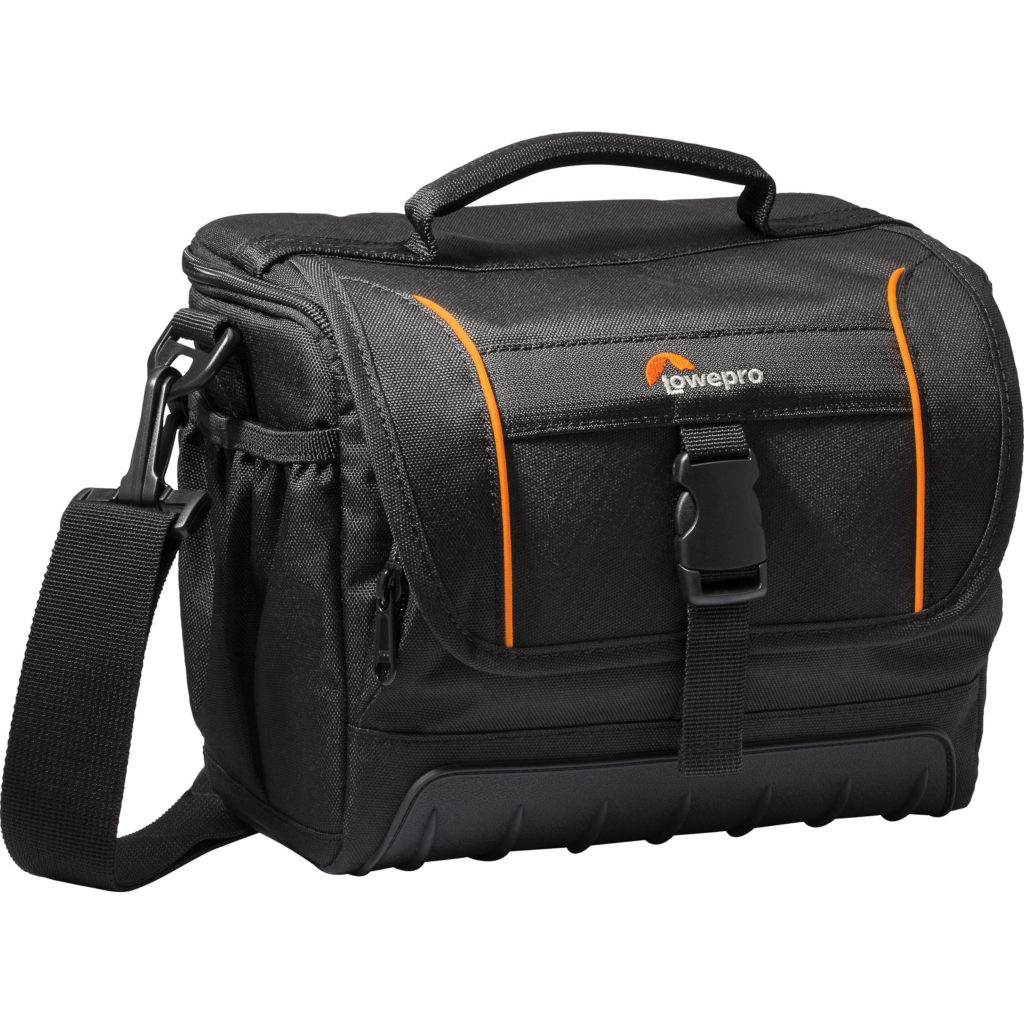
To me, this ‘looks’ like a camera bag…so I won’t be choosing anything like this one – although Lowepro make some very good bags, they are just a bit too formatted for me.
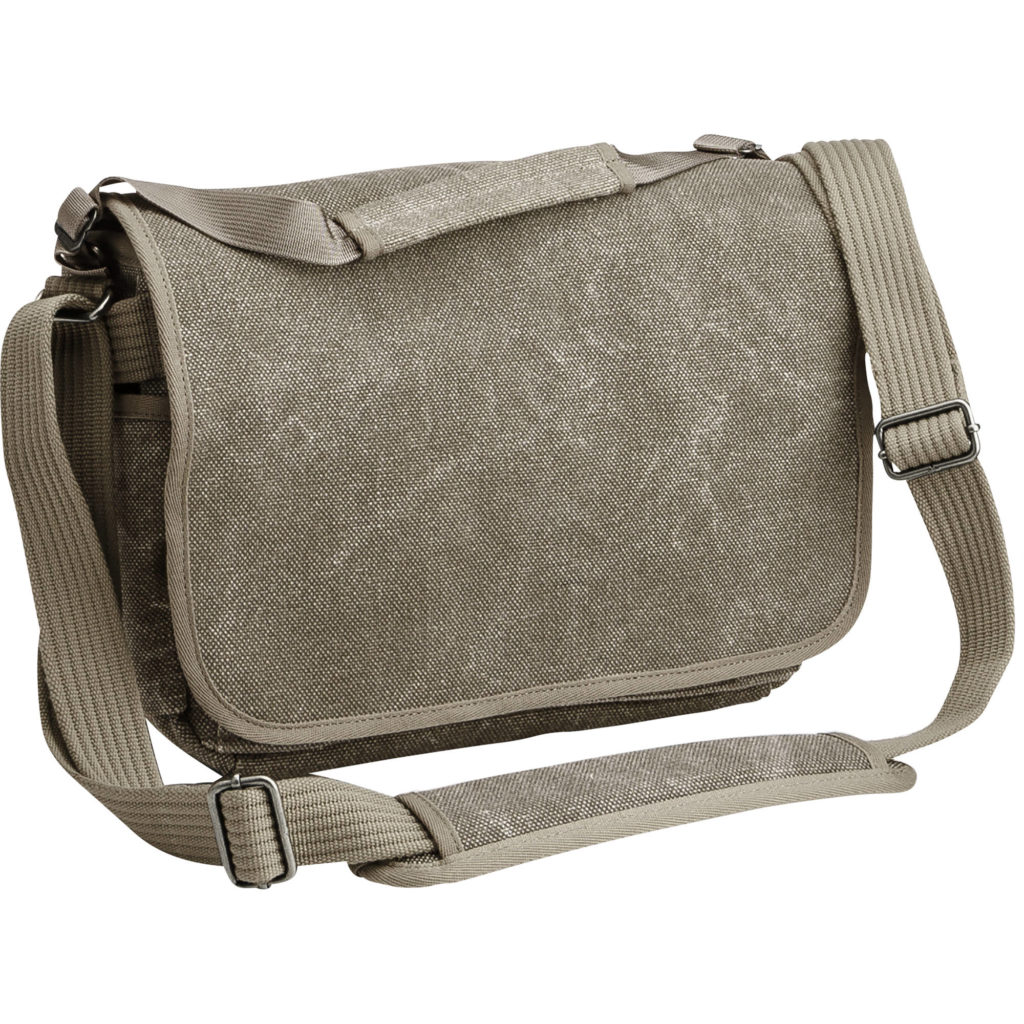
This at least looks a lot less like a camera bag – it’s a bag from Think Tank Photo – however, when you open them up, it’s surprising what you can hide inside. (I have three!)
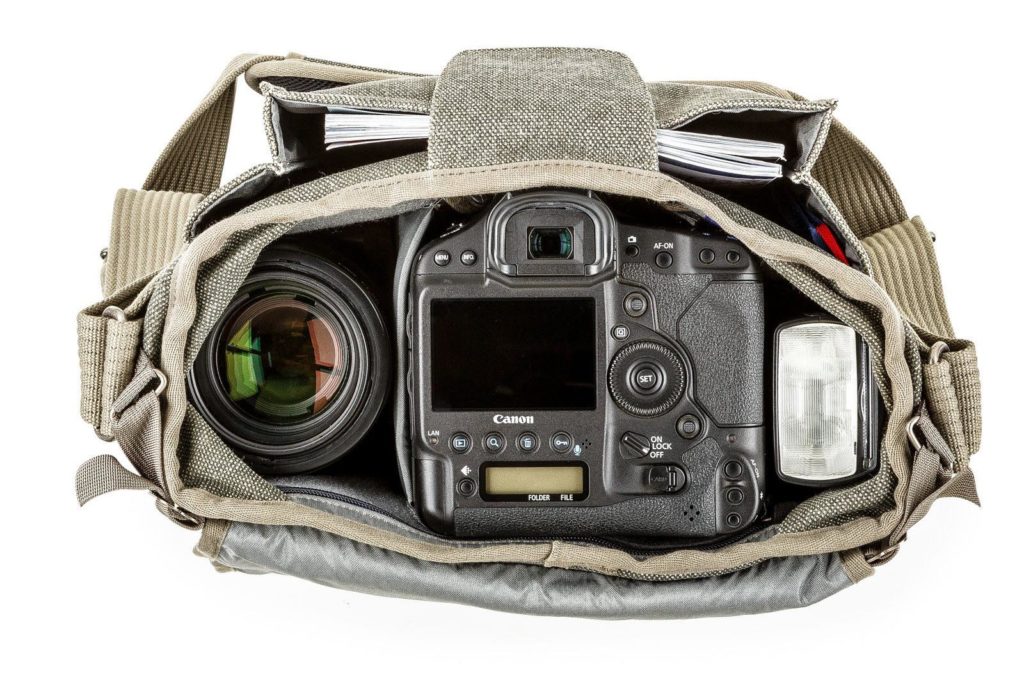
These are all well and good, but the inconvenience is that they are not actually waterproof – the Think Tank range are supplied with a rain cover, but this is not the easiest thing to install, and it also prevents you opening the bag with it in place.
So I’ve decided to go back to an old love – the Billingham bag. I bought my first one, a model 330, in 1980. Sadly I seem to have mislaid it somewhere in the intervening years, but I’ve made the leap…
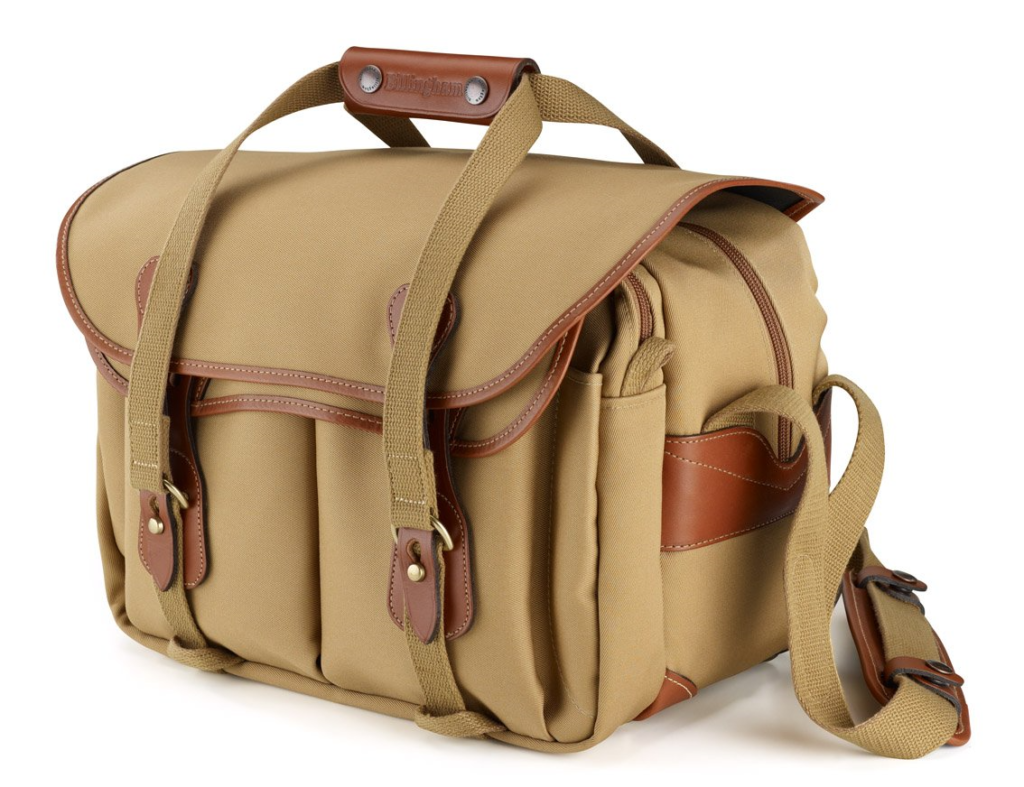
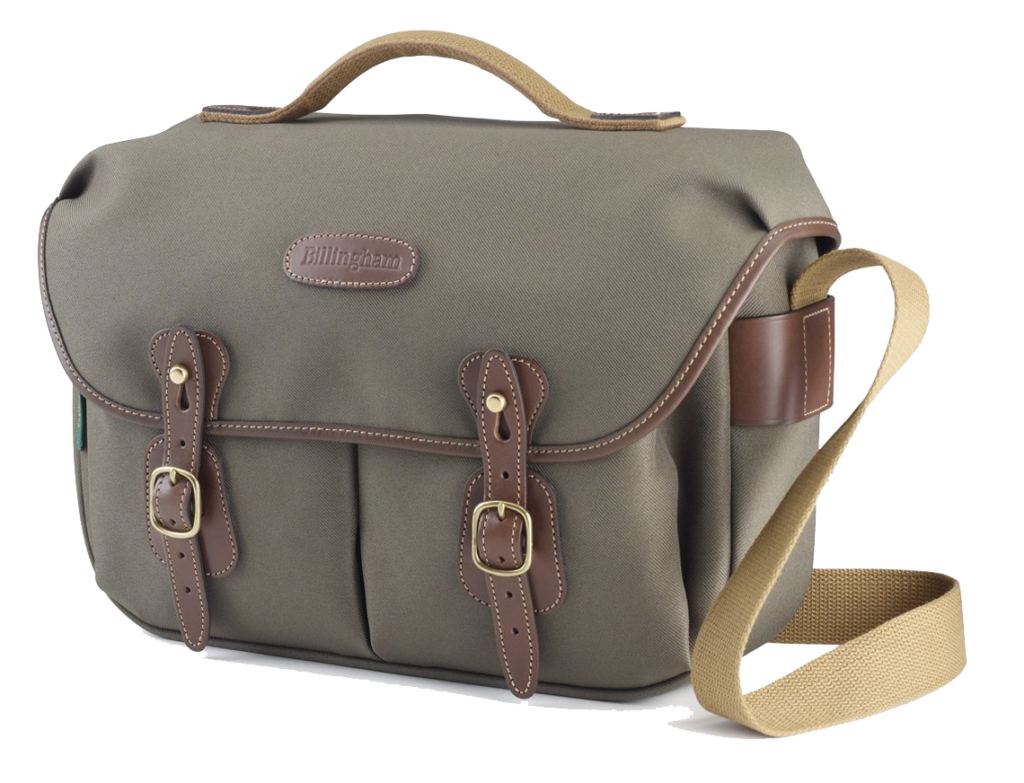
Introducing the Billingham Hadley Pro. This is a slightly smaller version of my original bag as I don’t want to carry around ALL my stuff, and to me at least it doesn’t look too much like a camera bag. The other major advantage is that the bags are made from a triple ply material which is completely impervious to water – meaning that you can still use the bag in wet conditions. The inside has a removable insert with velcro separators to organise the interior, and there are two huge front pockets.
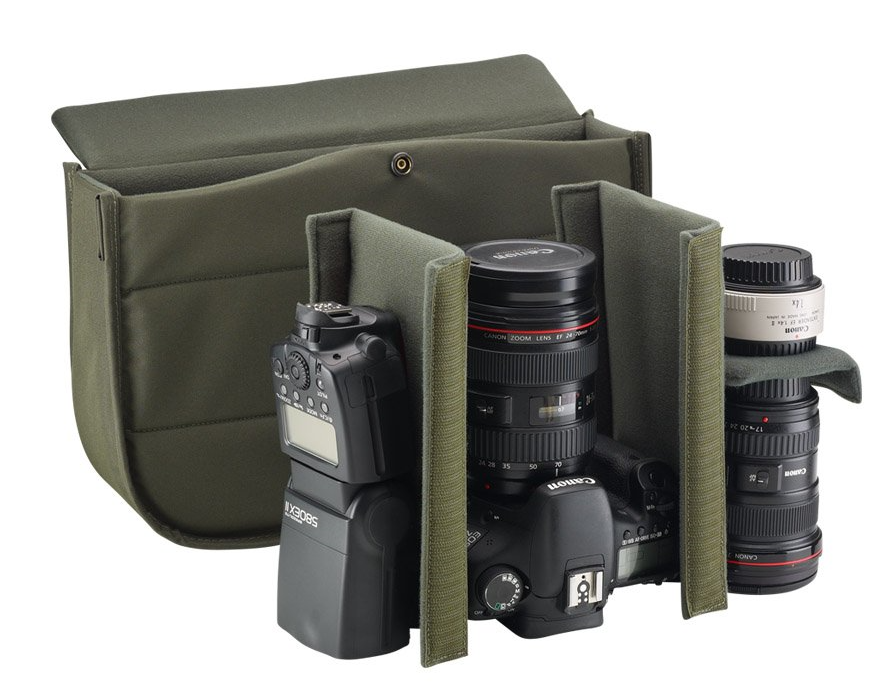
The useful thing about this is that if, like me, you have different material for different jobs, you can simply change the insert – or leave it out completely.
Beautifully made, and based on personal experience, lasts for years.
The XQD card / format is based on the PCI Express (PCIe) architecture and should guarantee transfer rates in the order of 1 Gb/s to 4 Gb/S – the first cards came out in 2012 and were branded SONY. Although the original concept was based on development from Sony, Nikon and Sandisk, the CompactFlash Association were involved in the development. Despite this, current production of XQD cards seems to come exclusively from Sony, with the company creating licensing problems for other manufacturers, maintaining an articifially high price. A 32Gb XQD card costs 150€ in comparison to a 32Gb SDHC card which costs around 20€ – the transfer rates are not the same, but for most purposes the SDHX format suffices.
Having extremely fast transfer rates is not useful to everybody – as can be seen by the two examples below, the XQD is rated at 440MB/s while the CFExpress card is rated nearly 4 times faster. Assuming the internal camera software can handle the traffic, this would increase the burst rate for a camera, as it would be able to empty the buffer to the memory card that much faster, but I can’t think of any other advantages. For people filming video with modern digital cameras, the speed of the current SDHC cards seems perfectly sufficient, although 4K filming would need higher transfer speeds, I agree – 200 or 300 MB/s SDHC cards seem popular for this useage, so increasing to 1400 MB/s is possibly overkill here.
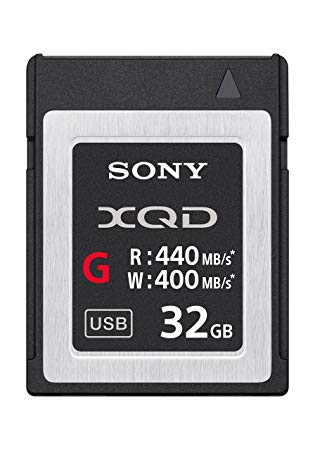
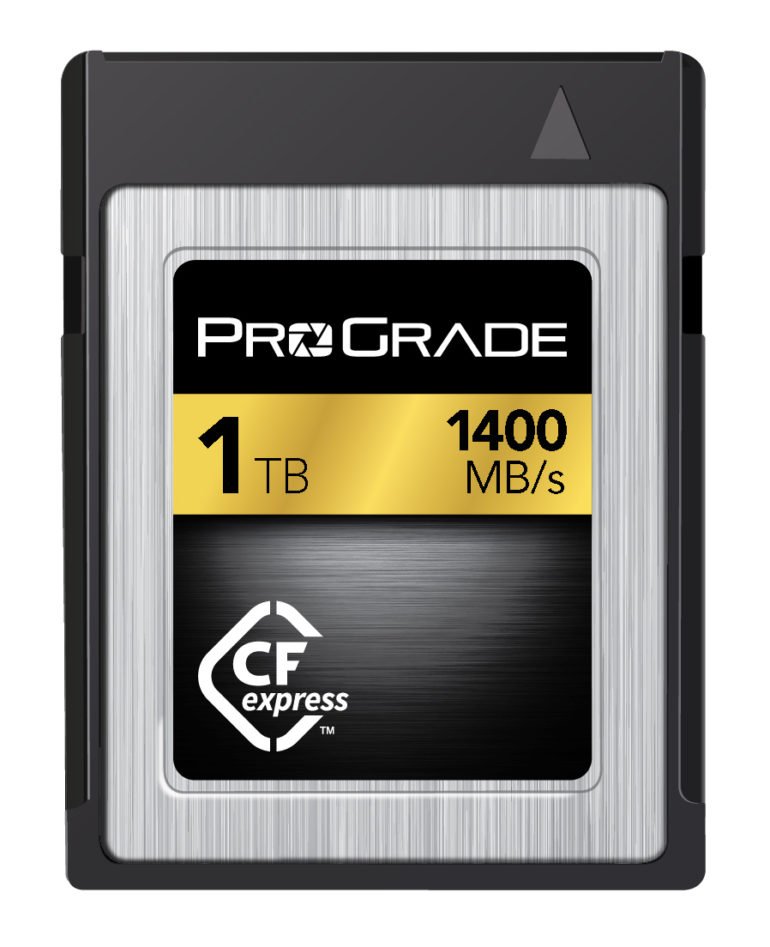
CFExpress is physically a similar format, which also uses the PCIe architecture, but from what the pundits are saying, based on the fact that there don’t seem to be any licensing problems, it should lead to cheaper cards.
The form factor of the cards is identical to XQD which will allow manufacturers using the XQD format to create firmwear modifications to be able to use the cards in camera bodies that currently use XQD cards.
In addition, the storage rates seem to be phenomenal – cards with up to 2Tb of storage have been ‘teased’ at the recent CP+ trade show in Japan.
Similar in size to the current SD cards, CFExpress seems to have a metal chasis which should create a physically robust memory card.
I can’t help thinking that Sony have shot themselves in the foot here – creating a licensing ‘problem’ which will ultimately push people to a more realistically priced medium. Nikon and Panasonic seem to be the only major manufacturers to have embraced the format – Nikon with the pro-grade cameras (D4 – D5, D850, D500 etc.) but also interestingly on the new mirrorless offerings (Z6 & 7) Nikon have also announced that a firmwear upgrade for CFExpress is in the works for these cameras, which is encouraging, and I wonder if it will eventually signal the end of XQD – who is going to buy a more expensive, less performant card when CFExpress is freely available?
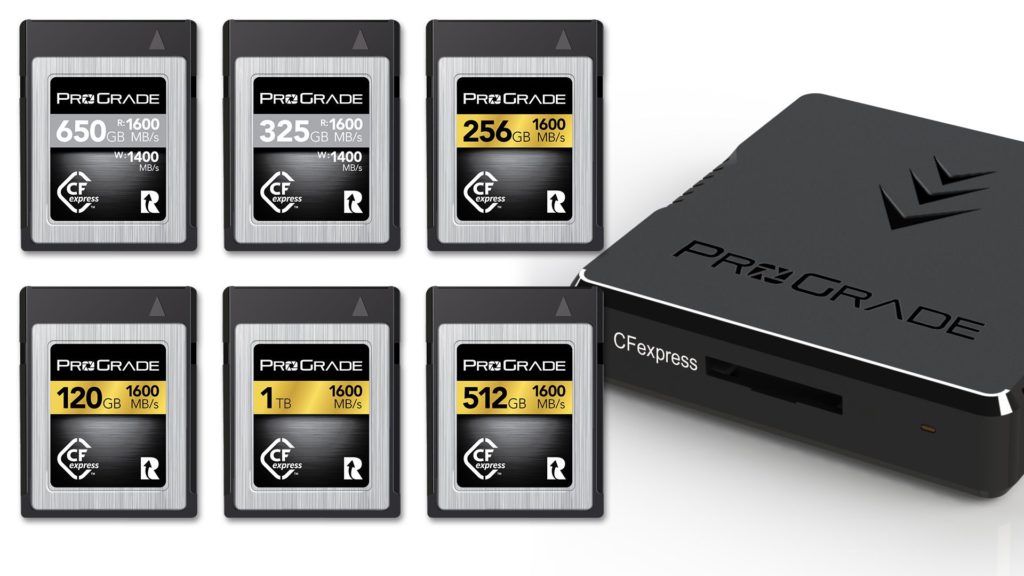
A word about card capacity – as an example, I shoot an average of 600 24 MP images when I cover an hour-long performance. I have a 64Gb card in my camera and I have NEVER filled it up, or come even close. When I cover a festival, I will see, on average, three performances each night – and I will come home with nearly 1500 images. I shoot 14 bit lossless compressed RAW images which gives me about 1100 per 64Gb card. I will take my two other 32Gb cards with me and change for each performance – this makes it easier for me to sort out the files when I get back home.
Using this argument I could see myself buying a 120Gb card at 249€ or a 256 Gb at 667€ but frankly I think I’ll wait until CFExpress comes out! (I actually quite like eating…and being able to afford to do so…)
One last thing…the more you manage to cram onto a memory card, the more you risk to lose when the damn thing slips out of your bag without you noticing it…
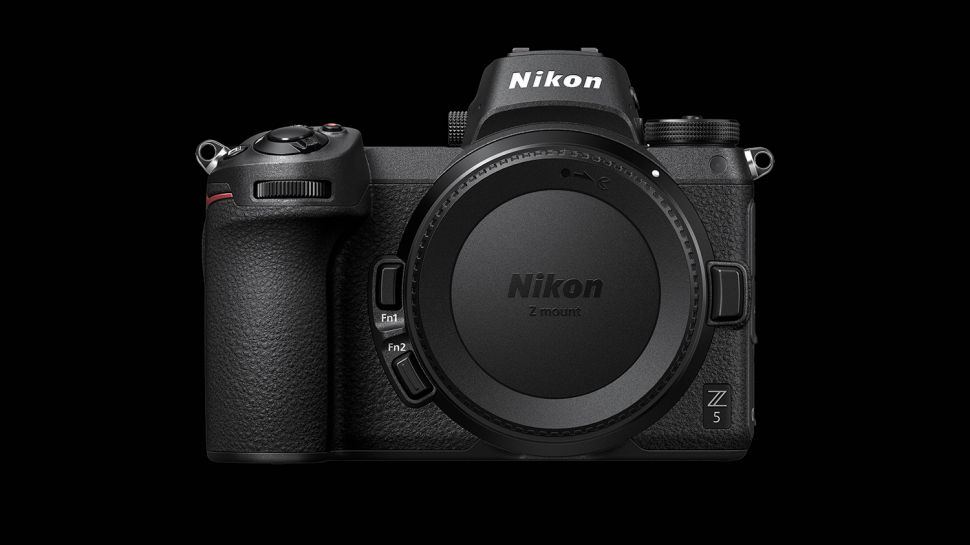
Numerous Nikon rumor sites, amongst which Nikon Rumors (nikonrumours, @nikonrumours) have recently published a short article concerning the CP+ show currently underway in Japan.
It seems that a « a Nikon executive confirmed that a new Z series camera designed for consumers will be coming soon »
Read more: https://nikonrumors.com/#ixzz5gv96cHns
This could be all sorts of things, but given the fact that Canon have just released a ‘budget’ priced mirrorless offering similar to their new EOS R (the EOS RP), it’s thought possible that Nikon will go the same route and release a ‘cheaper’ Z series version, possibly the Z 5.
Why not – although personally I can’t see what they can take off the current offering to make it any cheaper – make the entire body out of composites instead of mag/alloy? An APS-C sensor perhaps?
It also seems likely that a parallel set of lenses will shortly see the light of day – possibly made from lighter/cheaper materials, and ‘price’ adapted for the consumer market.
There are many « predictions » (nothing can be confirmed at this stage, so for me anything else is just a prediction…) among which, no In Board Image Stabilisation (IBIS), possibly a 100% composite body with reduced weather sealing, reduced viewfinder pixel density, single SDHC card, reduced AF points etc. We’ll find out soon enough, at which point all the pundits will be saying « Told you so! »
Only time will tell…but the waiting game is fun when you read the « people in the know » and eventually find out just how far off they were – I’m thinking of the « angry photographer » (small a, small p, the guys a wanker) who posts his hopeless videos on YouTube – he basically pretends that he has an open-line to the designers at Nikon and as such knows everything months before everybody else…the problem is, he’s more often wrong that right…what a jerk
This article is more about what I would like to happen in the near future…
Cameras evolve, users too – this is inevitable, and if a camera stays more or less ‘in time’ with events over a 5 year period, this is almost outstanding and shows a great deal of thought went into the initial design. Camera manufacturers don’t always want this, of course – they want people to buy at a regular interval, so while some critics bemoan the lack of forethought, it’s more likely designed-in to encourage us to keep ‘updating’.
The ‘pro’ range of most of the current camera manufacturers will usually escape this logic – their buying public are notoriously fickle and are likely to change brands at the drop of a hat, so in my experience the BIG manufacturers tend to go the whole nine yards, pushing the envelope as far as they can, within reasonable practical, and financial, boundaries. The middle-of-the-road and amateur models tend to get ‘splashed’ by the advent of certain ‘pro’ updates, but it’s fairly clear that while a ‘pro’ model will have a certain number of firmware updates during it’s life cycle, the others tend to be relaunched with a new model number.
The Nikon Z series is of particular interest to me. The two current camera bodies are identical – the only thing that changes is the sensor. To me, at least, this doesn’t make one body more or less ‘pro’ than the other, but Nikon are aiming to convince a lot of people that ‘mirrorless’ is the future, and unlike Canon who have marked their territory with an almost ‘pro’ version, and just last week, a much lower price (and specification) ‘public’ version of their full-frame mirrorless camera.
There are sadly a couple of things missing from the current Nikon offering, and frankly I’m at a loss to understand why. Neither can be ‘corrected’ with a firmware update, and both come down to a basic design flaw, in my mind.
1: Two button card reformat.
For quite a while now NIKON have used a simple ruse of letting the photographer press two buttons at once to reformat the memory card. For the most part this is on the ‘pro’ bodies, but can also be found on the D600 etc.
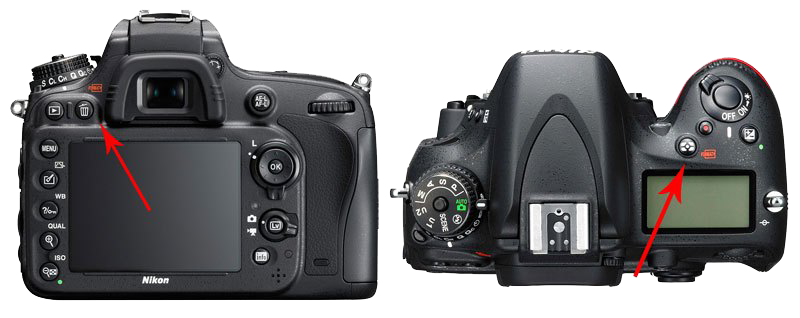
Having been used to this for so long, it seems a little ridiculous to have to turn on the screen, go into the menus and find the « Reformat Memory Card » prompt. There are certainly enough buttons on the back of the damn camera… And like I say, this can’t really be corrected in a firmware update as the logos on the buttons would have to be added somehow.
2: Illuminated rear buttons
This is something I had for the first time on the D500 and then the D850 and frankly for someone who works a lot in dark or badly lit situations, it can be a huge help. Again, something else impossible to correct in firmware.
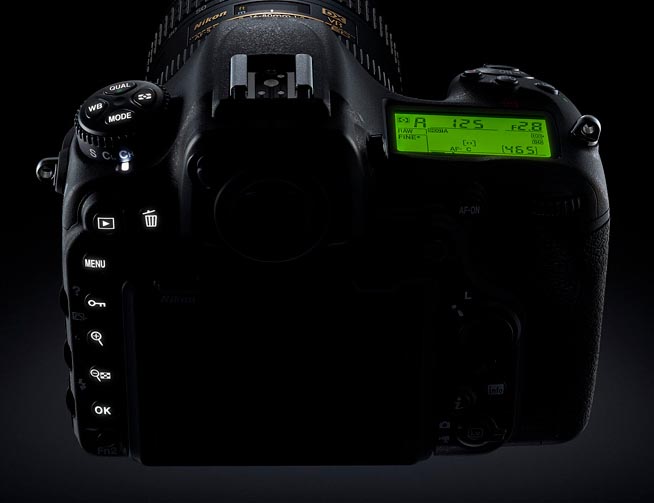
I can’t help asking myself questions regarding the future of the current Z series offerings. Were these two versions ‘rushed out’ to claim market share before Canon, and will now be ‘evolving’ with little add-ons from time to time? Will the Z8 or Z9 be announced with grand pomp « And on this model there are illuminated buttons etc. »
3: Virtual Horizon
This is displayed as one of the functions available on the ‘Disp‘ button at top right near the viewfinder, and not, as you would expect, as a programmable menu function. I find this awkard as it’s something I use fairly often, particularly with ultra-wide angle lenses. and it’s a pain to have to scroll through the display functions. This, unlike the previous elements, could be arranged with a firmware update.
Are Nikon waiting for the first feedback before launching the next generation of these bodies? I personally find this hard to believe – yes, of course they do listen to their user base, but anything coming out now went to design at least two years ago, in my experience. As it is I’ve already been in contact with Nikon France with two annoying ‘problems’ which while they aknowledge the existance, can not offer solutions…yet…
Will there be a more fundamentally ‘pro’ body in the future? A sort of D6/Z? In many ways I’m surprised that Nikon weren’t able to engineer the FTZ lens adaptor with an internal motor to drive the AF feeler – to enable us to use older AF-D lenses with full autofocus. I doubt this is a priority as Nikon know that people LOVE buying new lenses, so why make it so easy to use the older ones. As the electronics are already present in the camera body, and if Nikon aren’t interested, a third party manufacturer could come up with an FTZ-2 which could do this… I for one would be interested!
…to the ‘grip’ or size problem of the Nikon Z 6 camera body.
I was looking around eBay, as one does, and I came across this
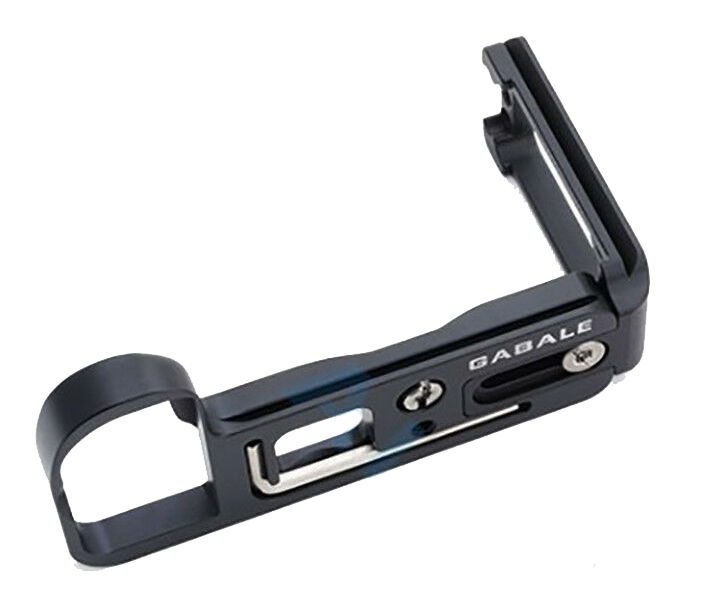
This is a slightly larger ‘L’ plate (with the two Arca-Swiss type tripod mounts) than the one I had already purchased from China. The advantage of this one is that as it covers the entire base plate, and as such it gives about 1cm extra ‘depth’ underneath the hand grip (which should stop my little finger ‘falling off’…)
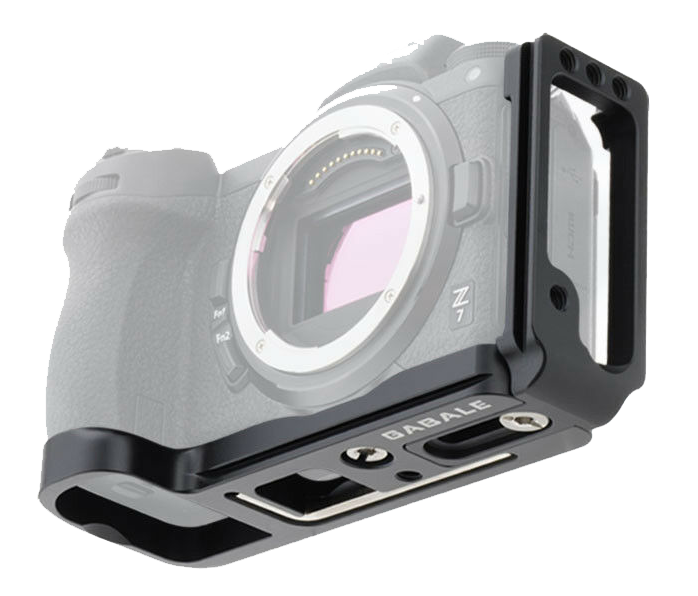
This version cost a little more at 49€ (port inclus) which is almost double the price of the previous ‘Chinese’ version that I purchased a few weeks ago, but if it gives the extra reach that I need, I feel it will be money well spent. I can’t help but think that they have really ‘designed’ this very sensibly – the vertical arm can be adjusted in relation to the vertical part of the camera body (to allow easier access to the HDMI/USB ports etc.) and the hex key that is used to tighten the mounting screw/s can be stored in a slot designed for it underneath the plate. This will no doubt be soon be stamped ‘RRS’ and sold for 5 times more in the very near future…
Mine should be arriving from China in the next few days….more on this then.
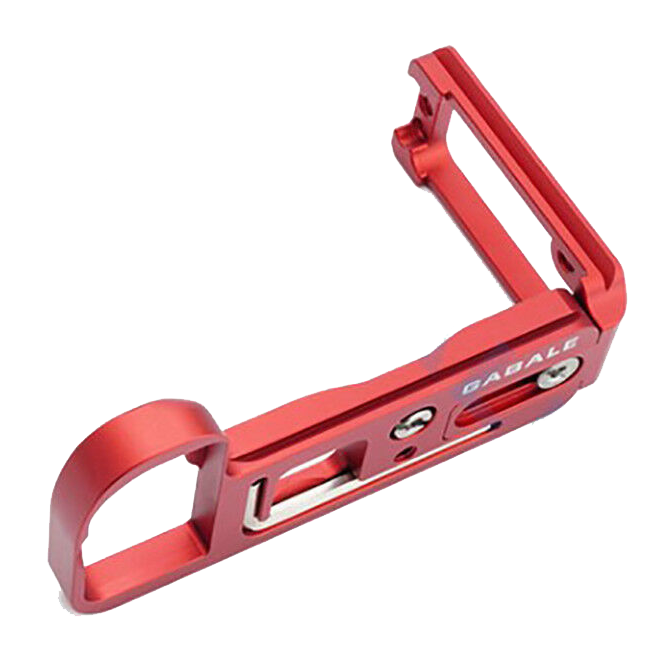
UPDATE :- it has just arrived and I must say it’s VERY well made and….most importantly, it gives that extra few millimeters of depth below the hand grip to prevent my little finger falling off. (Well, losing grip – I doubt it will fall off completely…I know I’m getting old but even so…)
Smallrig are another Chinese company that produce some very nice looking material for cameras. They have their own version of this ‘L’ Plate which looks very slightly deeper, giving perhaps slightly more to rest my ‘pinkie’ finger on…
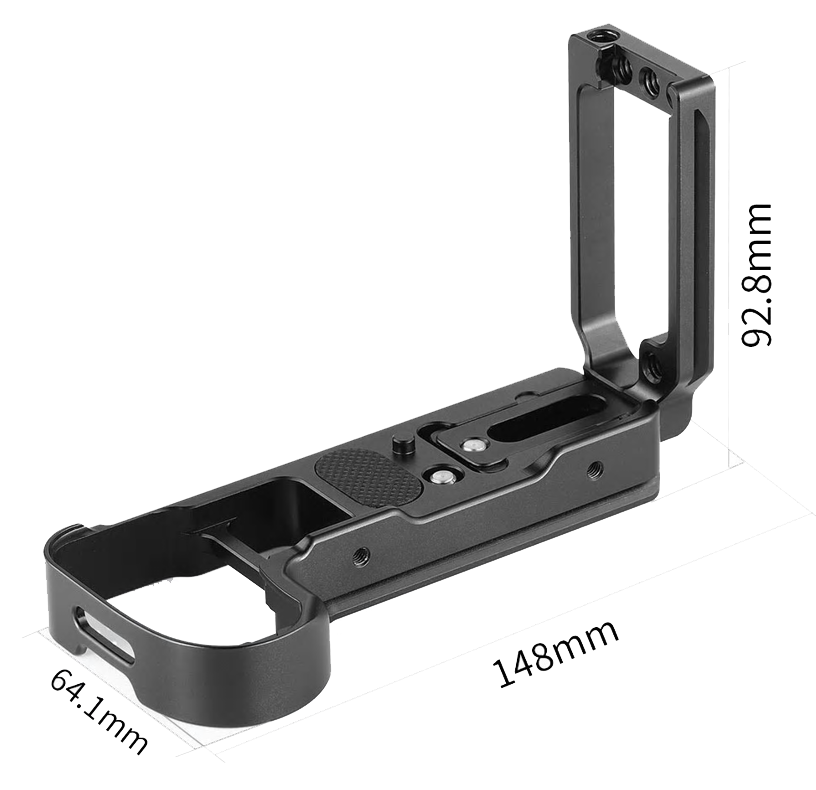
Interestingly Smallrig have gone one step further and produced a support for the Nikon FTZ lens adaptor – this screws into the front of the plate above and also has a screw that screws into the tripod socket on the FTZ.
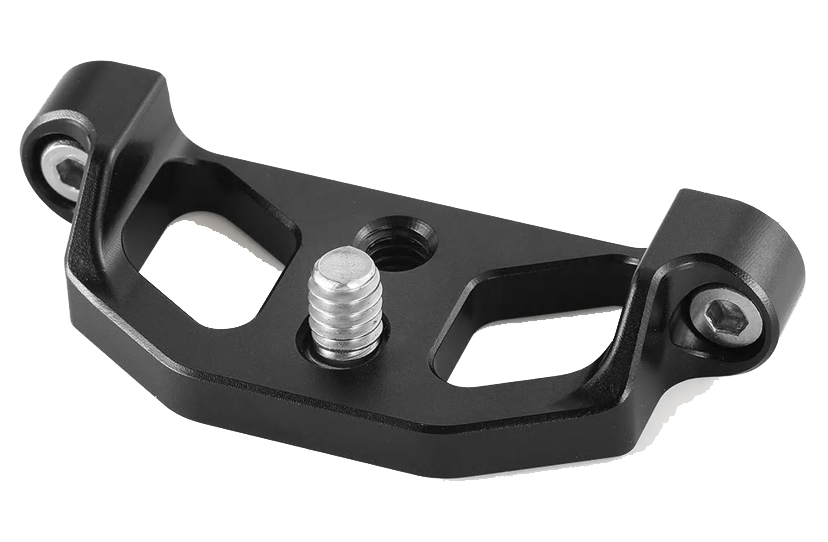
The ‘L’ plate is priced at 61€ and the support at 21€
I still can’t help thinking that these are all churned out on a computer controlled lathe setup somewhere in Shenzen….and then sold to the highest bidder!